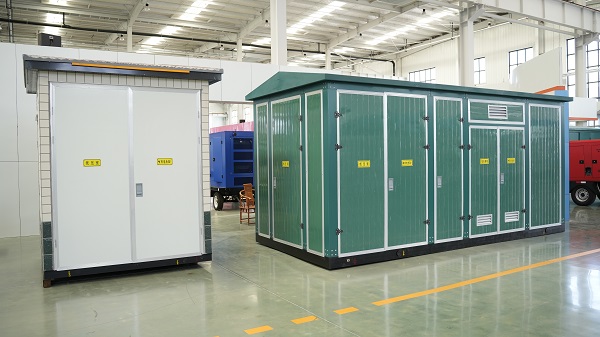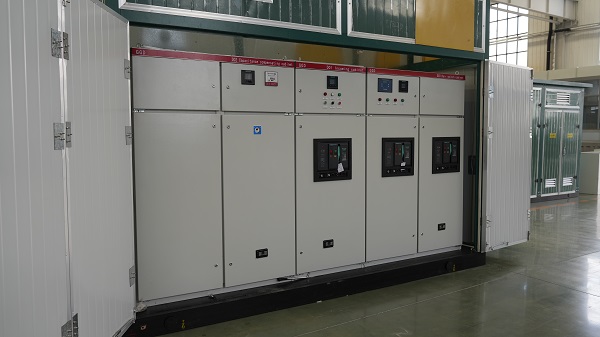Container type substations have become increasingly popular in modern power distribution systems due to their compact design and versatile applications. These prefabricated units integrate various electrical components into a single, transportable enclosure, offering numerous benefits for utilities, industries, and renewable energy projects. Below are the main advantages of using container type substations.
1. Space-Saving and Compact Design
One of the most significant benefits of a container type substation is its compact structure. Unlike traditional substations that require large land areas, these units consolidate transformers, switchgear, and control systems into a single container. This makes them ideal for urban areas, industrial sites, and remote locations where space is limited.
2. Quick Installation and Mobility
Container type substations are prefabricated and pre-tested before delivery, significantly reducing on-site installation time. Their modular design allows for easy transportation and relocation, making them suitable for temporary power needs, emergency backup, or projects requiring frequent redeployment.
3. Enhanced Safety and Protection
Built with robust steel enclosures, container type substations provide excellent protection against environmental factors such as dust, moisture, and extreme temperatures. Many models also feature fire-resistant materials, ventilation systems, and secure locking mechanisms to ensure safe operation in various conditions.
4. Cost-Effective Solution
By minimizing construction time and labor costs, container type substations offer a more economical alternative to conventional substations. Their standardized manufacturing process reduces material waste, while their durability lowers long-term maintenance expenses.
5. Flexibility for Diverse Applications
Container type substations can be customized to meet specific voltage requirements and operational needs. They are widely used in renewable energy projects (such as solar and wind farms), mining operations, data centers, and utility power distribution networks.
6. Improved Energy Efficiency
Modern container type substations incorporate energy-efficient transformers and smart monitoring systems to optimize power distribution. Some models support remote monitoring and automation, enabling real-time adjustments to enhance performance and reduce energy losses.
Container type substations provide a reliable, efficient, and adaptable solution for modern power distribution challenges. Their compact design, quick deployment, and robust construction make them an excellent choice for various industries and applications. As power infrastructure continues to evolve, container type substations will play an increasingly vital role in ensuring stable and efficient electricity supply.








